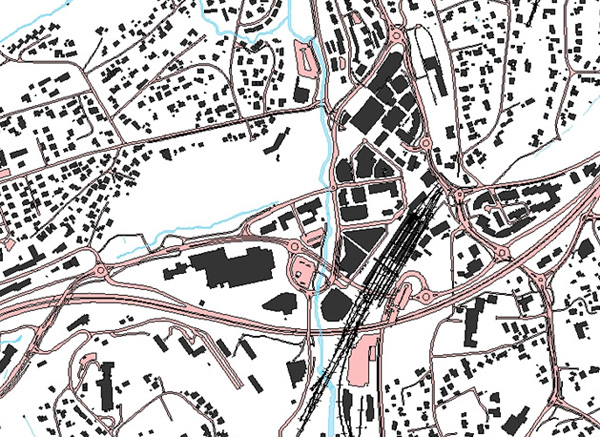Minicities in suburbia – A model for urban sustainability?
DOI:
https://doi.org/10.7577/formakademisk.200Keywords:
Minicities, suburbia, transport node, sustainabilityAbstract
In the 1970s it was argued that suburban centres in the US had developed into “minicities”, offering a wide range of possibilities for consumption, cultural events and a sense of the urban. In this article we explore to which extent this description of minicities may be valid in two cases in the suburban hinterland of Oslo. We further discuss whether the “urbanization” of these suburban centres may contribute to a more sustainable urban development, with respect to everyday travel. We conclude that the growth of these minicities may reduce car travel, either because of their excellent public transport connection to the (big) city centre and other nodes in the increasingly decentralized urban region, or because they may serve as a substitute for the city centre. However, an empirical investigation of the role of minicities must be based on a deeper understanding of the social and cultural processes that guide the everyday life of today’s suburbanites.

Downloads
Published
How to Cite
Issue
Section
License
Authors who publish with this journal agree to the following terms:
- Authors retain copyright and grant the journal right of first publication with the work simultaneously licensed under a Creative Commons Attribution 4.0 License that allows others to share the work with an acknowledgement of the work's authorship and initial publication in this journal.
- Authors are able to enter into separate, additional contractual arrangements for the non-exclusive distribution of the journal's published version of the work (e.g., post it to an institutional repository or publish it in a book), with an acknowledgement of its initial publication in this journal.
- Authors are permitted and encouraged to post their work online (e.g., in institutional repositories or on their website) prior to and during the submission process, as it can lead to productive exchanges, as well as earlier and greater citation of published work (See The Effect of Open Access).
- The author(s) must manage their economic reproduction rights to any third party.
- The journal makes no financial or other compensation for submissions, unless a separate agreement regarding this matter has been made with the author(s).
- The journal is obliged to archive the manuscript (including metadata) in its originally published digital form for at least a suitable amount of time in which the manuscript can be accessed via a long-term archive for digital material, such as in the Norwegian universities’ institutional archives within the framework of the NORA partnership.
The material will be published OpenAccess with a Creative Commons 4.0 License which allows anyone to read, share and adapt the content, even commercially under the licence terms:
This work needs to be appropriately attributed/credited, a link must be provided to the CC-BY 4.0 licence, and changes made need to be indicated in a reasonable manner, but not in any way that suggests that the licensor endorses you or your use.



